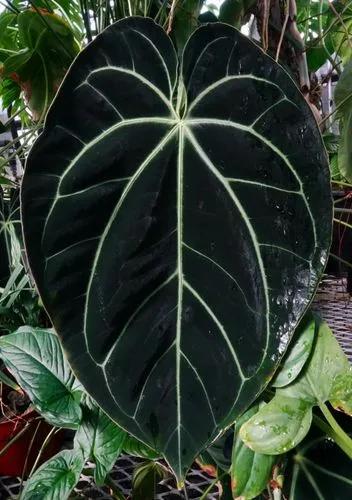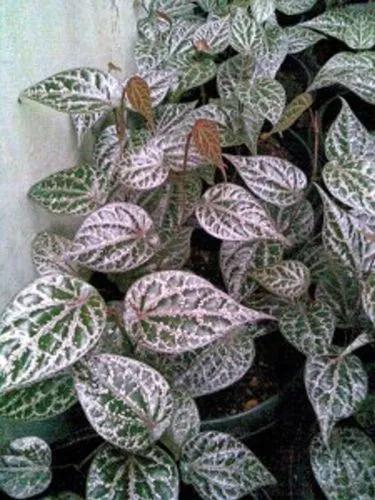Persian shield plant (botanical name Strobilanthes dyerianus) offers vibrant color far longer than a flowering plant. They are known for their long 4–7 inch leaves that range in color from purple to silver combined with green veins.
Strobilanthes auriculatus Care
Strobilanthes auriculata var. dyeriana
Other names: Persian Shieldroyal Purple Plant



It is easy to see how Strobilanthes was dubbed the Persian shield. The shape of the leaves appears like little armor shields fitting for battle. Its six-inch flashy leaves have a purplish iridescence that gives them an almost silvery metallic look. Although its name is "Persian," it is native to Myanmar (formerly Burma), not Persia. It is a sub-shrub that is evergreen in hot climates. In cooler climates, it is grown as an annual and is even more popular as a houseplant, because it tends to bloom during winter. The plant can grow well in containers or outdoor flowerbeds. Strobilanthes is a genus of about 350 species of flowering plants in the family Acanthaceae, mostly native to tropical Asia and Madagascar, but with a few species extending north into temperate regions of Asia.
How to Care for the Plant

Water

Persian shield plants require constant moisture. Water them thoroughly and evenly twice a week. The top six inches of soil should be constantly moist. If you notice the soil getting dry between waterings, increase how much you water it.

Fertilizer

Persian shield plants respond very well to fertilizer. Give your Persian shield plant food with nitrogen every two weeks during the peak season, but you can stop during the winter and fall.

Sunlight

Persian shield planted in partial shade will pick up the light and reflect it back off its leaves. If kept indoors, Persian Shield needs bright light to keep its color.

Soil

Persian shield grows well in the neutral range of soil pH and can tolerate slightly acidic soil. Keep the pH between 5.5 and 7.5.

Temperature

Growing Persian shield requires warm temperatures and sultry humid air. Inside, the plants should consistently be at a temperature higher than 60°F.

Container

This plant can be grown in a container. Choose a pot with enough drainage holes. Place it on a tray with pebbles to increase humidity. Place the container on the tray with rocks.

Popularity

3,251 people already have this plant 577 people have added this plant to their wishlists
Discover more plants with the list below
Popular articles






